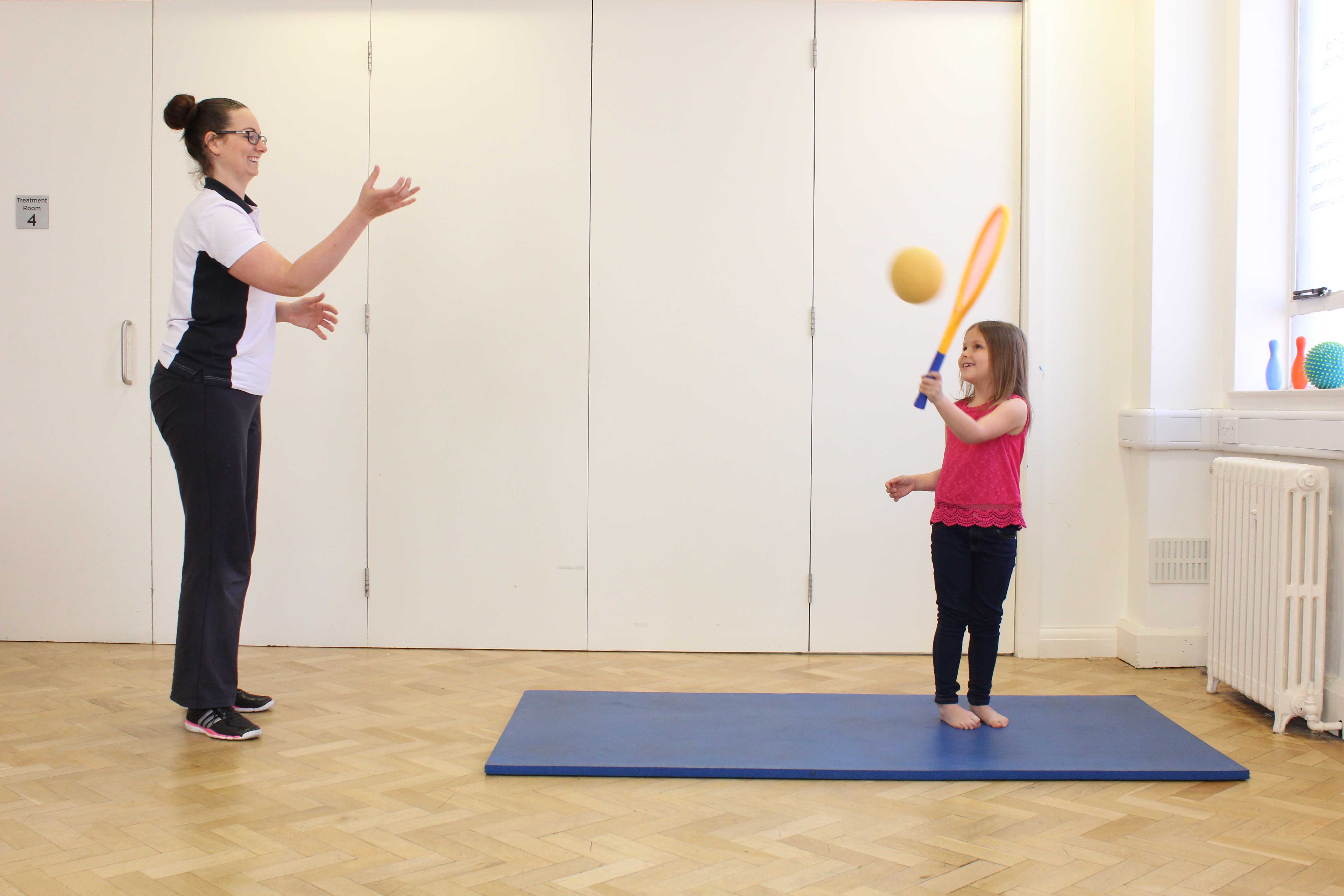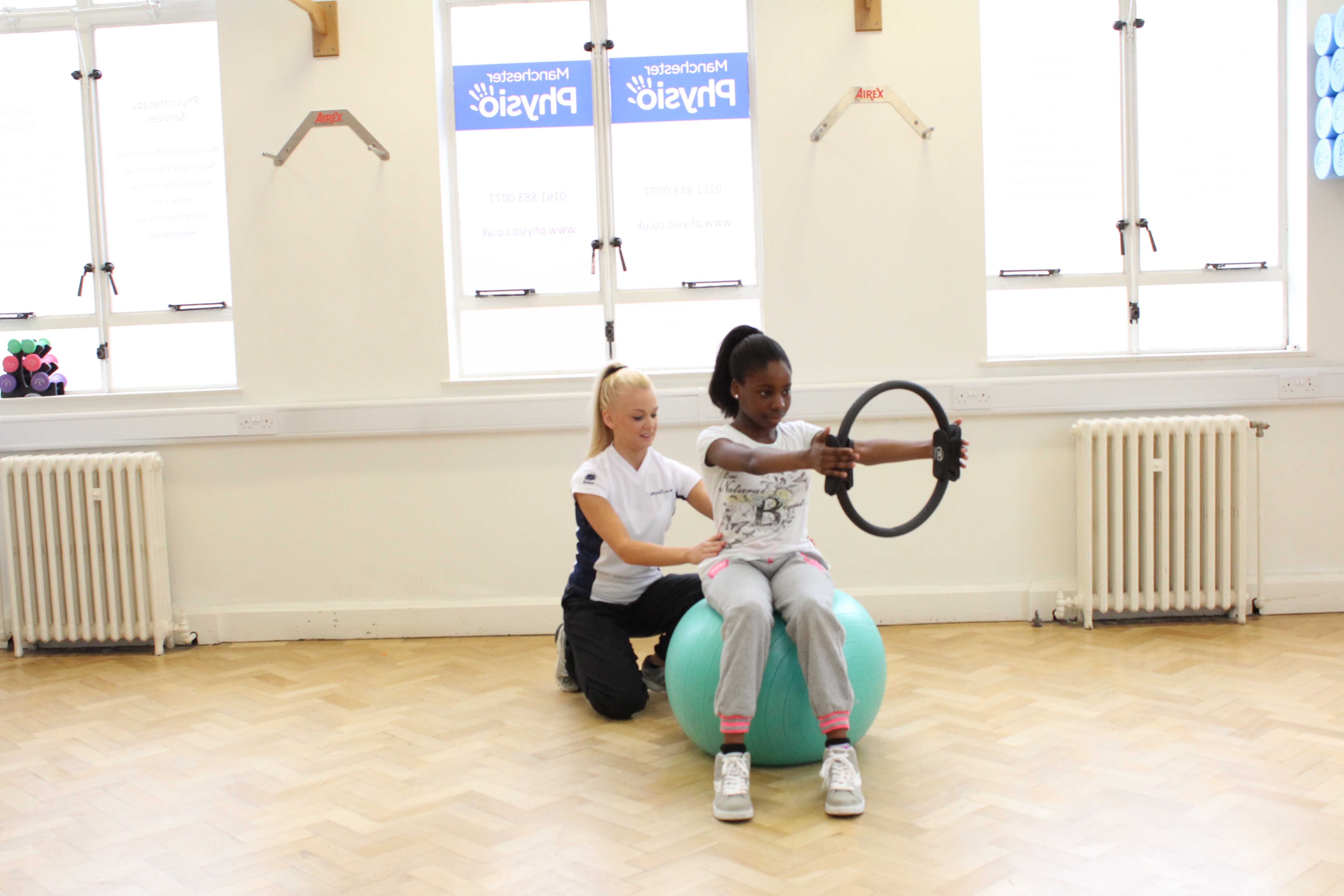What are paediatric proprioceptive processing problems?
Proprioception is the sense of orientation a child has of their limbs in space. Proprioception is enabled by sensory receptors located within tendons, ligaments, joints, and muscles, which transmit information to the brain as to whether muscles are being stretched, joints are bending or straightening, and by how much. If sensory information is not being received properly or messages are not being processed effectively, then it will result in Proprioceptive Dysfunction.
 Above: Improving patient awareness of body position through activity
Above: Improving patient awareness of body position through activity What causes proprioceptive processing problems in children?
Disturbances in the proprioceptive system may be because of damage to:
- sensory receptors
- the nerve pathways in which sensory information is relayed to the brain
- the area of the brain interpreting the information
What are the symptoms of proprioceptive processing problems in children?
Children with proprioceptive processing dysfunction can present in a number of ways, including:
- Difficulty performing normal childhood tasks
- Clumsiness
- Uncoordinated
- Difficulty planning or carrying out tasks (unable to finish task as cannot direct limbs to make the movement)
- Difficulty finding the right level for the movement, (for example pushing too hard when using pencil and snapping it, not gripping bottle hard enough and dropping it)
- Trouble maintaining postural stability (unable to stand on one foot, slumping at their table, have to support head with their hands)
What can physiotherapy do to help children with proprioceptive processing problems?
Physiotherapy can help compensate for proprioceptive dysfunction. Using techniques such as:
- Visual sensory treatment can train the eyes to compensate
 Above: Upper body proprioception exercises
Above: Upper body proprioception exercisesSummary
Proprioception is the unconscious awareness of the location of the body in time and space. Disturbances in the proprioceptive system may be as result of damage to sensory receptors, the nerve pathways relaying sensory information to the brain, or the area of the brain interpreting the information. Children with proprioceptive processing disorder symptoms will vary between children, but may include clumsiness, difficulty carrying out normal childhood tasks or finding the ‘right level’ for the movement, for example breaking pens and pencils when writing. Physiotherapy techniques can help.
To book an appointment or for more information about paediatric proprioceptive processing problems contact us or call 0330 088 7800.

 0330 088 7800
0330 088 7800


































